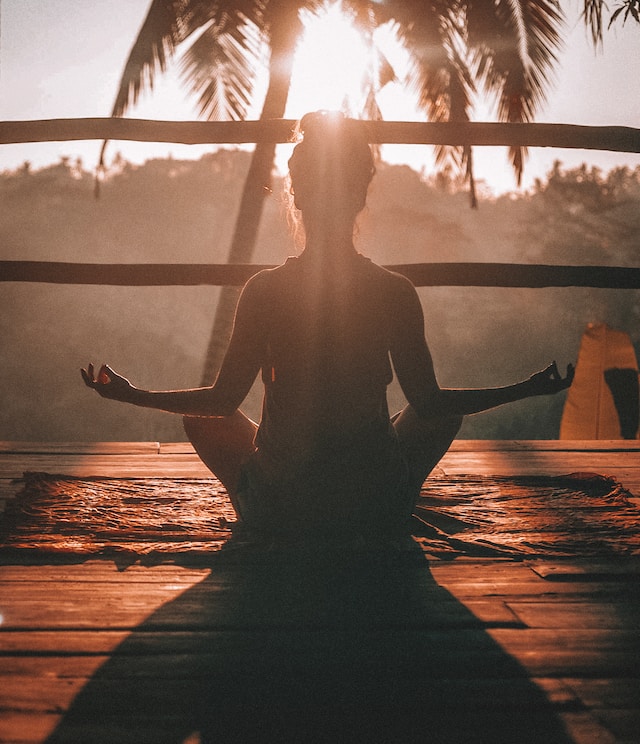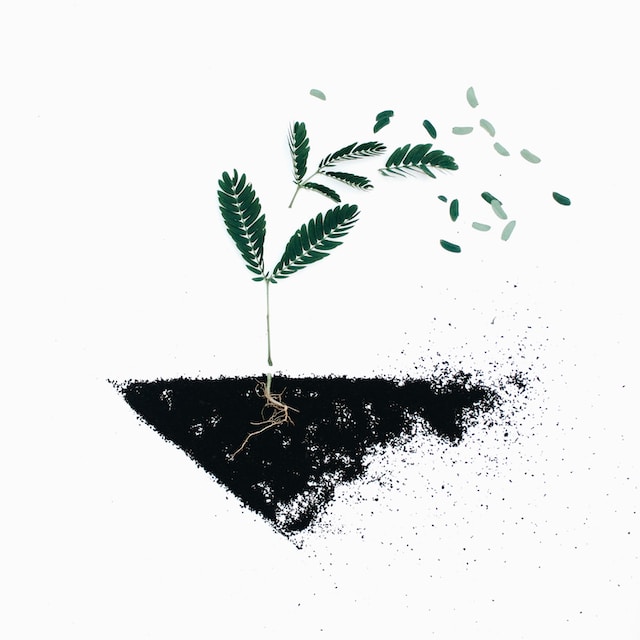Beginner’s Guide to Meditation
By [Your Name]
Introduction
As someone who has experienced the transformative power of meditation firsthand, I am excited to share with you this beginner’s guide to meditation. Whether you are seeking stress relief, mental clarity, or simply a sense of inner peace, meditation can be a powerful tool to help you achieve these goals. In this guide, I will walk you through the basics of meditation, provide tips for getting started, and offer some simple techniques to incorporate into your daily practice.
What is Meditation?
Meditation is a practice that involves training your mind to focus and redirect your thoughts. It is often used to cultivate a sense of calmness, clarity, and emotional well-being. While meditation has its roots in ancient spiritual traditions, it is not tied to any specific religion or belief system. It is a universal practice that can benefit anyone, regardless of their background or beliefs.
Getting Started
Before diving into meditation, it’s important to create a comfortable and peaceful environment. Find a quiet space where you can sit or lie down without distractions. You may want to dim the lights, light a candle, or play soft music to create a soothing atmosphere.
Next, find a comfortable position. You can sit cross-legged on a cushion, sit on a chair with your feet flat on the ground, or even lie down if that is more comfortable for you. The key is to find a position that allows you to be relaxed and alert at the same time.
Basic Meditation Techniques
1. Focus on your breath: Close your eyes and bring your attention to your breath. Notice the sensation of the breath entering and leaving your body. Whenever your mind starts to wander, gently bring your focus back to your breath.
2. Body scan: Start from the top of your head and slowly scan down your body, paying attention to any sensations or areas of tension. As you become aware of these sensations, allow them to relax and release.
3. Loving-kindness meditation: This practice involves sending well wishes to yourself and others. Begin by silently repeating phrases such as “May I be happy, may I be healthy, may I be safe.” Then extend these wishes to loved ones, acquaintances, and even difficult people in your life.
4. Guided visualization: Find a guided meditation recording or use an app that takes you on a visual journey. Imagine yourself in a peaceful setting, such as a beach or a forest, and immerse yourself in the sights, sounds, and sensations of that place.
Benefits of Meditation
The benefits of regular meditation practice are numerous and can positively impact various aspects of your life:
- Reduced stress and anxiety
- Improved focus and concentration
- Enhanced self-awareness
- Increased emotional well-being
- Improved sleep quality
- Boosted creativity and problem-solving abilities
These benefits, among others, make meditation a valuable practice to incorporate into your daily routine.
Conclusion
Meditation is a simple yet powerful practice that can bring about profound changes in your life. By dedicating just a few minutes each day to quieting your mind and connecting with your inner self, you can experience a sense of peace and clarity that will positively impact all areas of your life. Remember, meditation is a journey, so be patient with yourself and enjoy the process. Happy meditating!




